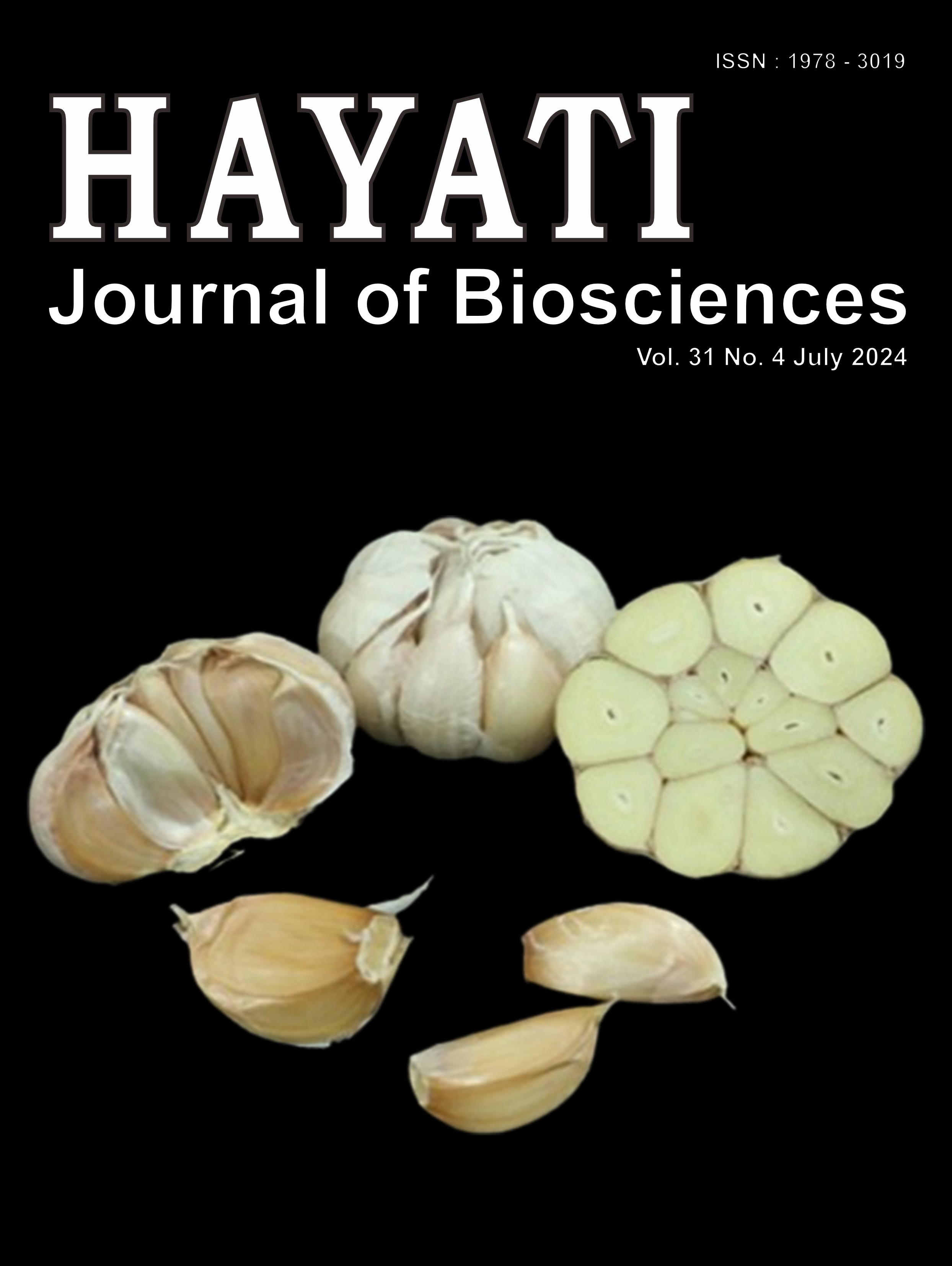Genomics and Phylogeny of Rhodotorula glutinis and Rhodotorula kratochvilovae Isolated from the Northern Peruvian Andes
Abstract
Genomes of oleaginous yeast strains Rhodotorula glutinis CON-5 and Rhodotorula kratochvilovae POR-3, isolated from areas in the northern Peruvian Andes using SPAdes, were sequenced and assembled applying Illumina and de novo. Genomes of 20,515,696 and 20,738,185 bp, respectively, were determined. From the structural and functional annotations, the Basidiomycota phylum showed a similarity of 76.8% and 86.5% with 6,976 and 8,124 pairs of proteins in both yeasts respectively, with homologues in the UniProt data bank. Using OrthoVenn, a relationship between both yeasts was obtained from 450 orthologous groups. Likewise, the above-mentioned yeasts and R. toruloides (oleaginous Basidiomycota) showed 1,574 orthologous groups, indicating a good relationship. Construction of phylogenetic trees of genes encoding metabolic enzymes was also carried out, based on the ITS sequences which showed that CON-5 and POR-3 have a greater relationship with R. graminis. Their phylogenetic relationship was ascertained and determined that the enzymes involved in the metabolism of CON-5 and POR-3 are related to each other. It was also found that the protein sequences of the Basidiomycota phylum differ from Ascomycota. The study showed functional evidence regarding the lipid accumulation phenotype, an important aspect in the context of obtaining lipids or oleochemicals.
Downloads
Copyright (c) 2024 Víctor Javier Vásquez Villalobos, Angely Meryl Alessandra Hidalgo-Arteaga, Roxana Beatriz Sosa-Becerra, Bertha Soledad Soriano-Bernilla, Maurício Alexander de Moura Ferreira, Wendel Batista da Silveira

This work is licensed under a Creative Commons Attribution-NonCommercial 4.0 International License.
HAYATI J Biosci is an open access journal and the article's license is CC-BY-NC. This license lets others distribute, remix, tweak, and build upon author's work, as long as they credit the original creation. Authors retain copyright and grant the journal/publisher non exclusive publishing rights with the work simultaneously licensed under a https://creativecommons.org/


















.png) IPB University
IPB University Department of Biology
Department of Biology The Indonesian Biological Society
The Indonesian Biological Society 

